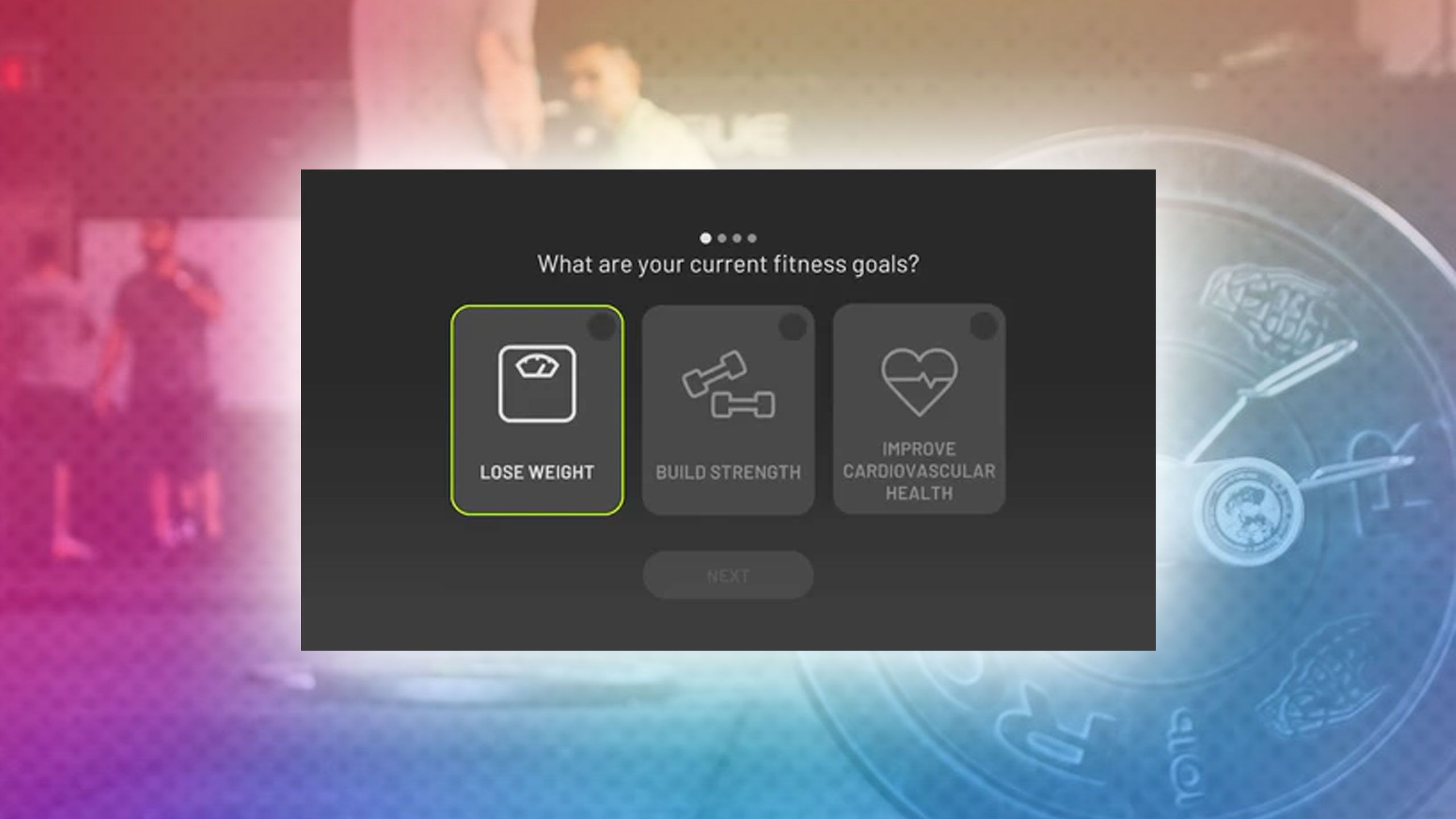Know what ORC is? It stands for “Organized Retail Crime” and it’s gotten so big that the trend has been rewarded with an acronym – one that’s killing your retail shopping experience like nothing else has in decades.
Officially recognized as a coordinated, large-scale operation where criminals steal merchandise to resell for profit, not for personal use, the U.S. Chamber of Commerce estimates that ORC has caused upwards of $125 billion in lost economic activity.
That’s just to start. There’s also the loss of more than 650,000 jobs and eviscerating retailers like Walgreens, Home Depot and others right and left.
As Scott Glenn, vice pressident of Asset Protection at The Home Depot, puts it, “It’s not the average person coming in and stealing one item and walking it out the door for personal consumption. It’s a well-organized orchestrated organization, not your typical opportunistic shoplifter.”
Where retail crime hits you
Retail theft isn’t just about stores losing stuff – it’s hitting your wallet and messing with your shopping experience big time. Think about it the next time you go into a Big Box store.
See those locked-up goods, the shorter store hours posted on the door, and empty shelves? That’s organized retail crime (ORC) at work.
Inflation gets blamed for every price that goes up, but retail theft is an integral offspring of overall inflation, causing prices to go up an average of 1.8% because stores have to cover their losses and ramp up security.
It’s even forcing some stores to close down altogether, making it harder to find what you need. Take the Washington D.C. area for example, where Walmart shuttered 24 stores because it had enough.
Stores are fighting back with everything from security tags and cameras to facial recognition and even ink tags that explode if you try to steal something. But let’s be serious. This is a cat-and-mouse game of the Nth degree.
While locking something up might stop some casual shoplifters, organized gangs are finding ways around them, using sophisticated tools, distraction techniques, employee collusion, disguises, large-scale operations, and exploiting vulnerabilities in store security.
How can you get around these new restrictions?
If you think that this boogie man will go away anytime soon, sorry. Stores and law enforcement are trying their best, but we’re probably going to have to deal with climbing prices, store closings, and shopping hassles before it gets better.
So what do we do? We need to start thinking about how we can get around these roadblocks, get our stuff, and keep from losing our wits. Here are some ideas you might want to consider:
Use online shopping wherever you can: In the online shop-ahead world, there’s nothing behind lock and key, so use it to your advantage. This can save time and reduce frustration, allowing you to get in and out of the store quickly without having to wait for someone to get it out of a locker or you having to stand in a checkout line. This tip is probably the most important thing that will work to your advantage.
Plan ahead: If you know that certain items are locked up or require assistance to access – like electronics or high-priced items – plan your shopping trip accordingly. Allocate extra time for these potential delays.
Use the store’s app: Many retailers have pumped up their apps so that they allow you to check product availability and even request assistance in-store ahead of time. This can help streamline your shopping experience.
Shop during non-peak hours: Early in the morning, right after lunch, whenever things are slow for you those times when it’s probably slow for them, too. Visiting stores during less busy times can reduce the wait time for assistance with locked items and make the overall shopping experience more pleasant.
Get your “self-checkout” mojo working: We need to get used to the fact that there’s fewer and fewer check-out clerks and more and more self-checkout machines, so get with it. Familiarize yourself with the self-checkout process to minimize errors and speed up your transaction. Just be aware of any item limits or special procedures that might apply.
Communicate with store staff: If you run into a problem with finding something because it may be locked up, find a real walking, talking employee, grab ‘em and make ‘em your best friend for life. They may be able to provide assistance (like finding the person who has the key) or suggest alternatives.







